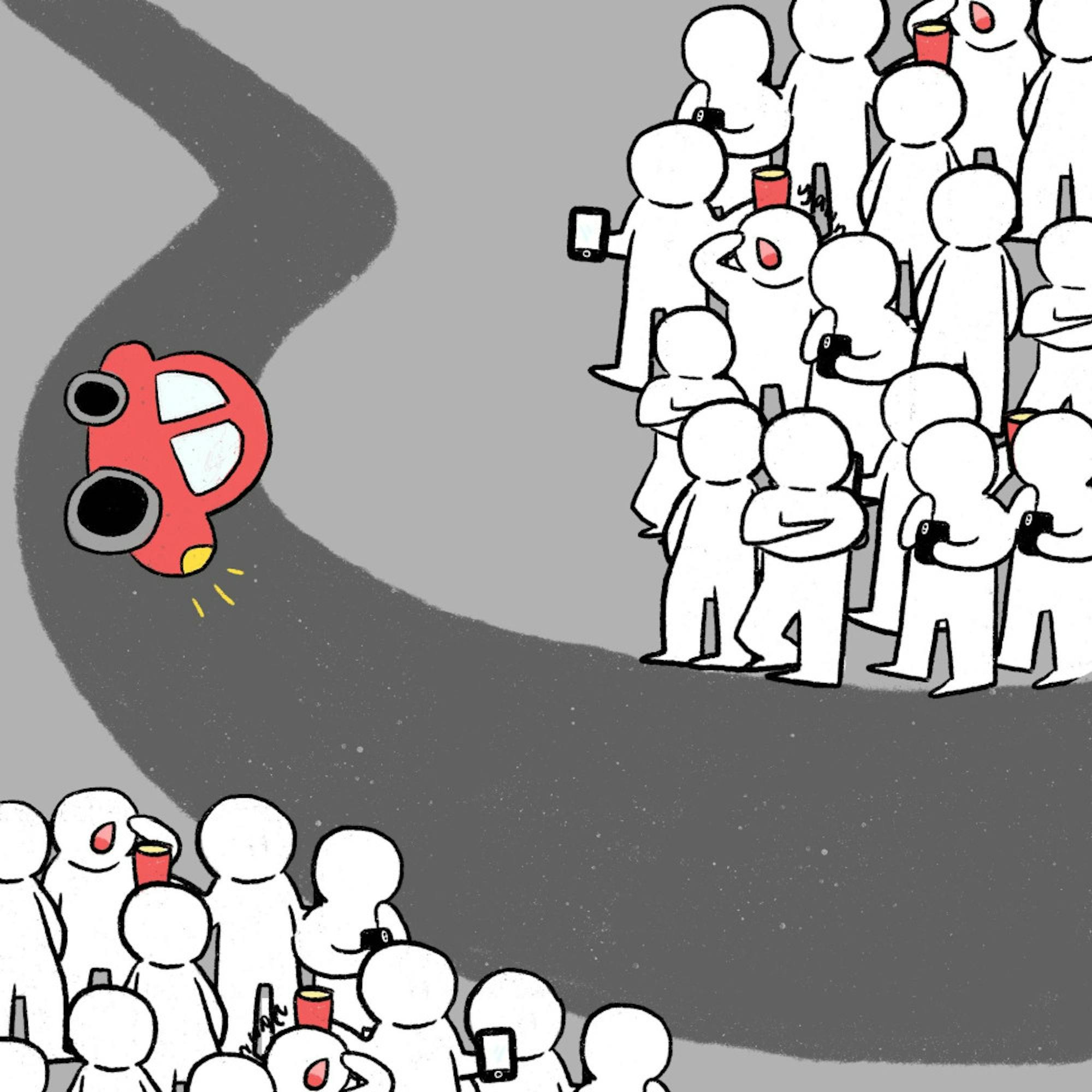Tufts' SafeRide service, offered through the TapRide app, needs more institutional resources.SafeRide is intended to be a quick, reliable way for students to get a ride to their homes instead of walking alone at night. The SafeRide service is available seven days a week, from 7 p.m. to 4 a.m., within the Medford/Somerville boundary area pictured on the TUPD website. The service is discussed in campus tours and during orientation as an important safety feature on campus, but this idealized version of SafeRide is not a reality.
SafeRide has historically been allocated insufficient resources by Tufts. With only two scheduled drivers for an undergraduate population of over 5,500, many of whom live off campus, the system has failed to live up to its mission. Currently, there is just one driver on call for SafeRide.Although TUPD has been tasked with filling this void, they have countless other responsibilities besides SafeRide and cannot be relied upon as a permanent solution to this problem. Tufts must take immediate steps not only to fully staff its SafeRide service, but to expand it as more students are pushed to live off campus.
While Tufts is relatively safe due to its concentrated campus, there remains plenty of worry about walking home at night. There are many reasons students may be out late, or far from home. Many Tufts classes end at 9 p.m., and participation in student organizations means regularly staying on campus late into the evening. Walking home can be frightening, especially for students who live far from campus, and especially for non-male identifying individuals. YouGov reported in March 2019 that 50% of women say they often feel frightened walking alone at night. SafeRide keeps these students safe.
Further, students who have been drinking are at risk of injury as alcohol leads to sensory impairment.In fact, The National Center for Health Statistics reports that most pedestrian deaths occur on Saturday nights, when many people are out on the town. SafeRide provides an essential safety net for these students. Without consistent and sufficient staffing, SafeRide cannot serve its purpose.
Tufts needs to invest more in its SafeRide service. Other universities are doing much more than Tufts to protect student safety. Many use a unique system aimed at optimizing resources while still prioritizing safety. Northeastern University ensures access to their Safety Escort Service any time of day. Northwestern University and The University of Oregon offer SafeRide driver positions to students, allowing there to be more drivers on call at once. Employing students improves accessibility and the availability of on-campus student jobs.
We urge Tufts to consider a student-driver program and set aside more funding and resources to improve the availability of TapRide overall. Ultimately, if the university cares as much about student safety as it claims to, it is vital that it gives SafeRide the attention and resources it deserves.
Editorial: Tufts must allocate more resources for SafeRide





